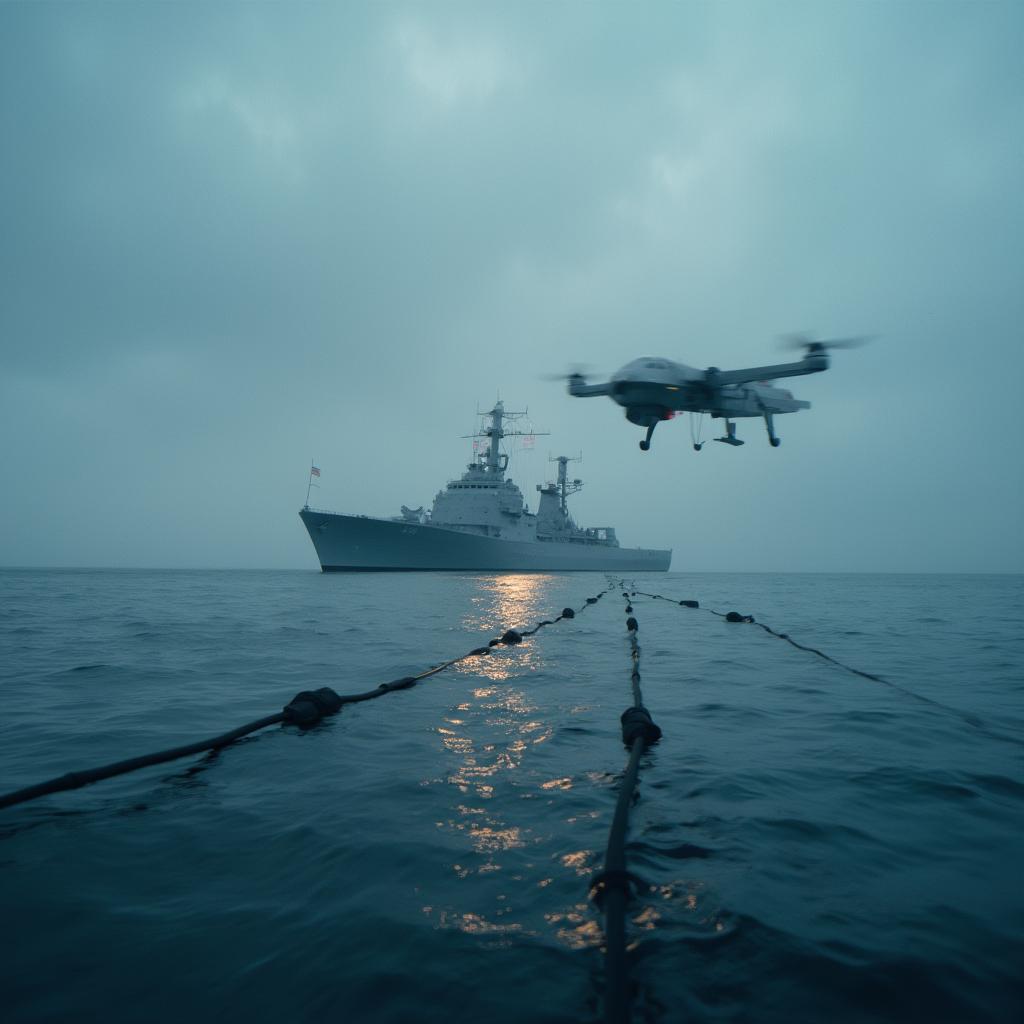
NATO is pulling out all the stops to safeguard critical undersea cables in the Baltic Sea after a string of suspected sabotage incidents. The alliance’s new mission, Baltic Sentry, brings together warships, sea drones, and cutting-edge AI to monitor and deter potential threats to this vital infrastructure.
The urgency escalated on Christmas morning when Estonia’s Estlink 2 power cable, connecting it to Finland, was damaged. Though backup systems prevented widespread outages, the incident sparked fears of rising energy costs and prolonged disruptions. Officials suspect a tanker passing over the cable dragged its anchor, but whether this was accidental or deliberate remains unclear.
This wasn’t an isolated event. Over recent months, multiple undersea cables in the region have been cut or damaged, raising alarms about possible hybrid attacks. NATO Secretary General Mark Rutte described the situation as a “growing threat to our critical undersea infrastructure,” prompting the swift launch of Baltic Sentry.
The mission combines advanced technology with traditional naval patrols. Ships like the Netherlands’ HNLMS Tromp are equipped with AI systems that analyze maritime activity, flagging suspicious behavior such as ships loitering near cables or altering course unexpectedly. NATO’s new Maritime Centre for the Security of Critical Undersea Infrastructure in the UK plays a key role in processing this data, aiming to reduce response times to mere minutes.
Estonian Defense Minister Hanno Pevkur pointed to Russia’s so-called “shadow fleet” of aging tankers as a potential culprit, though Russia denies any involvement. Pevkur warns that these vessels pose both security and environmental risks, echoing widespread skepticism about Moscow’s intentions.
Baltic Sentry also employs sea drones to inspect damaged cables, providing crucial evidence before repairs begin. These drones, operated by crews like those on Germany’s FGS Datteln, have transitioned from traditional mine-sweeping roles to tackling modern hybrid threats. The stakes are high: undersea cables carry 95% of global internet traffic and support $10 trillion in daily trade.
As tensions simmer, NATO remains cautious about attributing blame. Commodore Arjen S. Warnaar, leading the mission, stressed the difficulty of finding a “smoking gun.” Yet, with AI, drones, and warships on high alert, NATO is prepared to respond swiftly to any confirmed threat.
The Baltic Sea may be a focal point, but the implications are global. Protecting these underwater lifelines is essential to maintaining everything from hospital services to online shopping. NATO’s Baltic Sentry mission is a bold step toward securing this critical infrastructure in an increasingly uncertain world.
